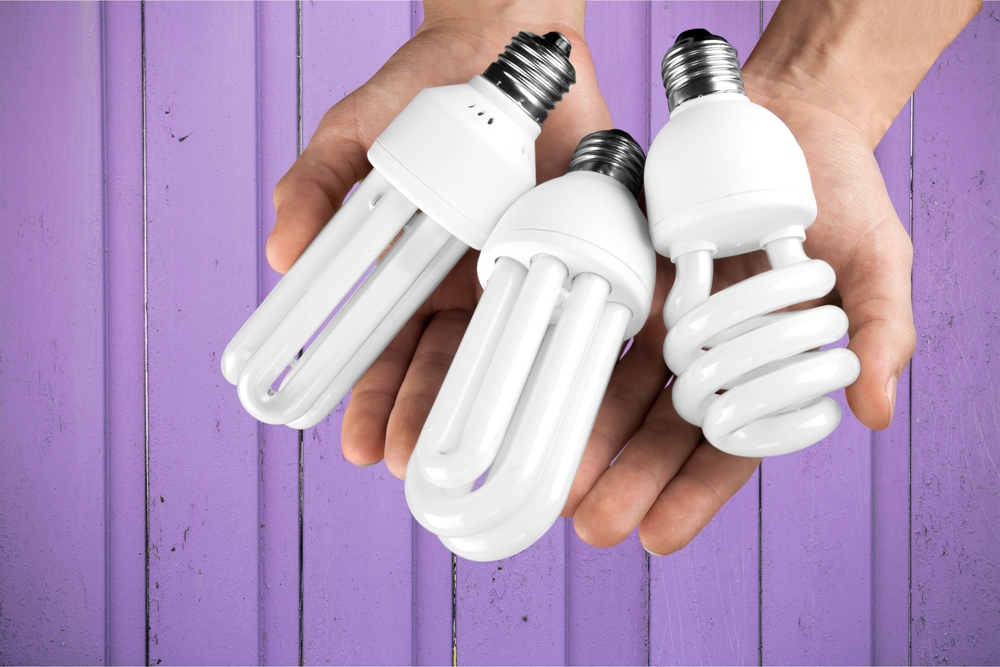How green are you?
No need to go look in the mirror – I’m wondering how environmentally conscious you are when it comes to the way you live your life.
There’s no way to quantify this, really. The truth is, every environmentally-friendly choice you make in your life positively impacts our planet.
Some more than others, yes, but there are simply and easy ways you can reduce your carbon footprint.
Climate Change – Making a Difference
Climate change has been a hot-button topic for years but it seems its importance has just recently become loud and clear. We need to make significant changes as a planet to avert this oncoming crisis.
While most of us have been pitching in – recycling, using energy-efficient appliances and lightbulbs, reduce our plastic use – it’s hard to stay motivated when the problem is so big and we not sure exactly how positive an effect we are having on the situation.
If you feel your personal impact isn’t earth-shattering, check out these 10 simple and effective ways you can make it difference when it comes to protecting our planet:
1. Recycling Aluminum and Steel Cans

Recycling aluminum and steel cans allows valuable metal to be redirected into new products, saving around 95% of the energy required to manufacture aluminum from scratch and 74% of the energy required to make steel.
Plus, most areas offer a return program that allows you to exchange bottles and cans for the deposit you paid for them upon purchase. Sometimes those few cents can really add up!
Doing this for one year can save 400 pounds of CO2.
If everyone in the United States did this for one year, it would equal around 4 million cars being taken off the road.
2. Recycling Newspapers and Magazines
More paper is thrown away than any other kind of trash.
Recycling the pounds of magazines and newspapers the average household gathers in one year not only saves trees but also reduces contributions to air pollution by 95%.
You can even cut down on the cost and energy used to produce newspaper and magazines by switching to online subscriptions!
As an individual, recycling your newspapers and magazines could save around 581 pounds of CO2 per year.
As a country, this would equal parking over 5 million cars for an entire year.
3. Washing Your Laundry on the Cold Setting
Around 90% of the energy used to wash a load of clothes goes to heating the water. More and more companies are offering cold-water laundry detergent to encourage more people to wash all of their laundry in cold water.
Cold-water washing will benefit your clothes by reducing the risk of shrinkage or fading. It also reduces wrinkles, saving you the time and energy costs of ironing.
Doing so will save 350 pounds of CO2 per year for each household. If the whole country did it, it would be the equivalent of pulling over 3 million cars off the road.
4. Switching Five Lightbulbs to Compact Fluorescent Light Bulbs

Did you know that a 25-watt compact fluorescent bulb (CFL) provides as much light as a 75-watt incandescent bulb?
CFLs use only a third of the energy and last 10 times longer than regular bulbs.
Switching only 5 light bulbs in your home to CFLs can save you around $400 over the bulb’s lifetime. It will also save 500 pounds of CO2.
And, if everyone did it, it would be like taking almost 5 million cars off the road.
5. Composting a Fifth of Your Garbage
Overall, putting less trash on the curb will reduce the amount of fuel required to haul it away and process it.
Plus, keeping food scraps out of the landfills prevents their release of potent greenhouse gasses.
Many municipalities offer composting programs along with garbage removal, meaning that you can simply leave your compostables in a special bin to be picked up.
Otherwise, you can begin composting right in your own backyard! You can purchase a backyard composter or make one yourself for as little as $10.
So even if you composted only a fifth of your garbage, you could be saving the world from over 800 pounds of CO2 during the course of a year.
As a country, that would be the same as getting rid of almost 8 million cars.
6. Buying Green Power
Depending on where you live, you may have the option of purchasing a green-power product from your utility company.
Many green electricity products are based on renewable energy such as hydropower, wind, biomass and solar.
If your area doesn’t offer these power options, you can help reduce your use of electricity by switching to CFLs, power bars (see below), turning off lights when not in use and making sure that your home is well-insulated to prevent heat-loss during the winter.
Switching to greener power solutions can lift your carbon footprint by over 20 000 pounds of CO2 per year! If everyone got on board, that’s equal to almost 195 million cars!
7. Using Power Bars
You may be surprised to know that a percentage of your home’s electricity goes to devices that are not turned on but still plugged in.
In order to stop the current, and lower your bill, you can plug your home’s electronics into a power bar and turn it off when not in use.
This will help save around 1600 pounds of CO2 each year. If everyone in the U.S. used a power bar, it would equal removing 15 million cars from the road.
8. Driving a Hybrid Car

Fuel-efficient mid-sized hybrids are increasing in popularity. These vehicles can get a combined mileage of 46 miles per gallon, whereas a typical mid-sized car only gets 25 miles.
You can potentially save around $600 per year on gas costs by driving a hybrid.
You can also save 3600 pounds of CO2 per year. If everyone in the country drove one for a year, it would save the equivalent of have 68 million cars off the road.
9. Changing the Temperature on Your Thermostat
With smart technology making its way into homes across the country, there’s no reason to keep your home perfectly warm or cool when you’re not there.
Modifying the temperature just 4 degrees with a programmable thermostat will save you money every year on your energy bill!
It will also save around 1300 pounds of CO2 per household. If all homes used programmable thermostats, it would be the same as having 12 million cars taken off the road.
10. Following the Speed Limit
Speed limits are designed to keep both motorists and pedestrians safe, but following them can improve your fuel economy by around 15%.
(It can also save you a costly ticket should you get caught!)
That could help save you around $200 per year at the pump as well as 1500 pounds of CO2. If everyone obeyed the law, it would equal removing 28 million cars from the road.
Little Actions Can Have a Big Impact
Hopefully you can now visualize how even the smallest changes in your home and lifestyle can have huge positive impacts on our environment.
And just imagine if everyone got on board! If every home in America took even just one of these small actions, the result would be extraordinary.
So if you ever feel like you can’t do enough as one person to make a difference, think again. Even the little actions can have a big impact.

